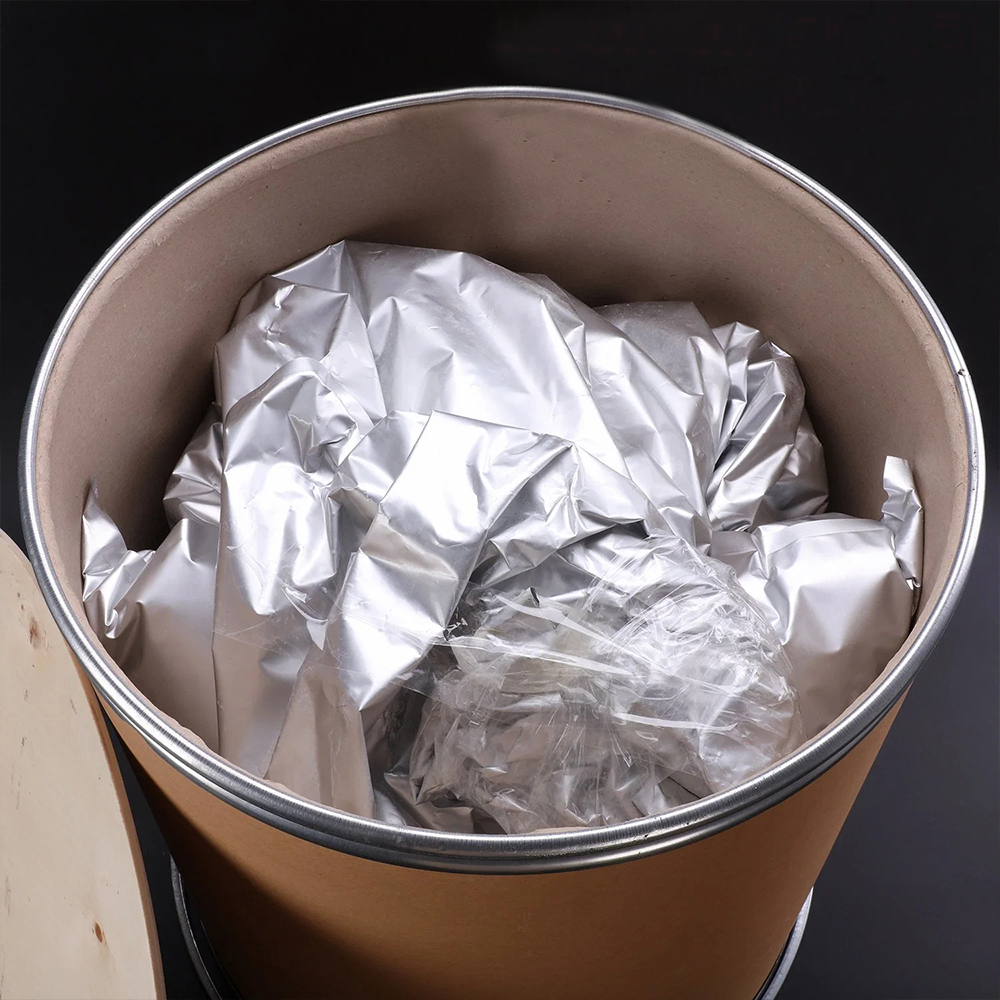



homemade potassium nitrate
How to Make Homemade Potassium Nitrate A Comprehensive Guide
Potassium nitrate, chemically represented as KNO₃, is a versatile compound with a variety of applications, ranging from agriculture as a fertilizer to its use in food preservation and as an essential component in some types of fireworks. While potassium nitrate is readily available for purchase, making it at home can be an interesting and educational process. In this article, we will explore the methods to create homemade potassium nitrate safely and effectively.
Understanding Potassium Nitrate
Before delving into the procedures, it’s essential to understand what potassium nitrate is and how it reacts. It is a salt that comprises potassium ions (K⁺) and nitrate ions (NO₃⁻). In nature, potassium nitrate can be found in mineral deposits and has been traditionally harvested in some regions. Its ability to release nitrogen when decomposed makes it especially useful in agriculture.
Safety Precautions
Safety should always be a priority when handling chemicals. Potassium nitrate, while not exceedingly hazardous, can pose risks if ingested or if it comes into contact with the eyes. Always wear gloves and safety goggles, and ensure good ventilation in your working area. Additionally, be cautious with the materials used and dispose of any waste responsibly.
Required Materials
To create homemade potassium nitrate, you will need the following materials
1. Saltpetre or Sodium Nitrate (NaNO₃) This is the primary ingredient. Sodium nitrate can often be found in fertilizers or can be purchased online.
2. Potassium Chloride (KCl) Another common ingredient, potassium chloride can be found in some salt substitutes or fertilizers.
3. Distilled Water It's important to use distilled water to prevent impurities from affecting the final product.
4. Heat Source A stovetop or a hot plate will suffice.
5. Glass Container A heat-resistant glass beaker or jar will be necessary for mixing the ingredients and dissolving them in water.
6. Stirring Rod To mix your solutions thoroughly.
7. Ice Bath This will help in the crystallization process.
homemade potassium nitrate

The Procedure
Step 1 Preparing the Solutions
Start by making two solutions. In one glass container, dissolve about 100 grams of sodium nitrate in 200 mL of distilled water. In a second container, dissolve approximately 54 grams of potassium chloride in 200 mL of distilled water. This will create a sodium nitrate solution and a potassium chloride solution.
Step 2 Mixing the Solutions
Once both solutions are prepared, slowly combine them in a heat-resistant container. As you mix, you should observe a reaction where potassium nitrate begins to precipitate out of the solution. This is because potassium ions from potassium chloride will react with the nitrate ions from the sodium nitrate, forming potassium nitrate (KNO₃).
Step 3 Heating the Mixture
After mixing, gently heat the combined solution on a low setting. Stir continuously to ensure the solution remains homogeneous. Do not bring it to a boil, as excessive heat can degrade the nitrate ions. The goal here is to keep the solution warm enough to dissolve any remaining solid particles.
Step 4 Cooling for Crystallization
Once you’ve heated the mixture adequately, remove it and allow it to cool to room temperature. After a while, you can place it in an ice bath to speed up the crystallization process. As the solution cools, potassium nitrate crystals will begin to form.
Step 5 Collecting the Crystals
Once you see a sufficient amount of crystals, carefully pour off any remaining liquid. You can then collect the solid potassium nitrate crystals using a glass or plastic spoon. Rinse the crystals with a small amount of distilled water to remove any residual sodium chloride or impurities.
Step 6 Drying and Storage
Finally, let the crystals dry thoroughly on a clean surface. Once they are dry, store them in a cool, dry place in an airtight container to preserve their quality.
Conclusion
Making potassium nitrate at home is a fascinating project that demonstrates basic chemistry principles while providing a practical product that can be used in various applications. Whether you use it for gardening, preservation, or other projects, homemade potassium nitrate can be a rewarding end result. Remember to follow safety guidelines, and enjoy the learning experience as you explore the chemistry behind this important compound.
-
Why Sodium Persulfate Is Everywhere NowNewsJul.07,2025
-
Why Polyacrylamide Is in High DemandNewsJul.07,2025
-
Understanding Paint Chemicals and Their ApplicationsNewsJul.07,2025
-
Smart Use Of Mining ChemicalsNewsJul.07,2025
-
Practical Uses of Potassium MonopersulfateNewsJul.07,2025
-
Agrochemicals In Real FarmingNewsJul.07,2025
-
Sodium Chlorite Hot UsesNewsJul.01,2025










